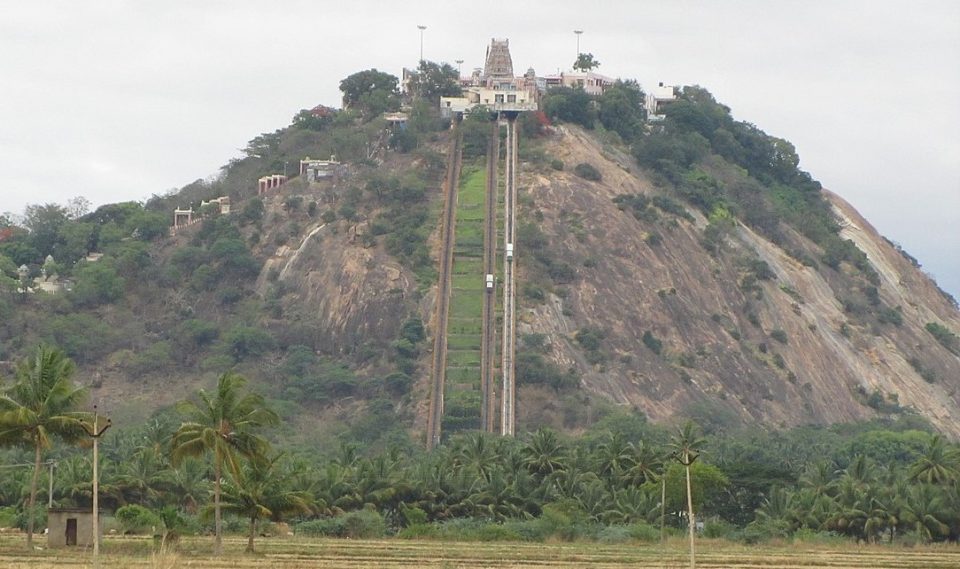
Palani temple a natural wonder, offers divine experiences: Madras HC

While hearing a public interest litigation petition on Thursday, the Madras High Court called Tamil Nadu’s ancient temples “natural wonders” that offer divine experiences.
Acting Chief Justice T Raja and Justice D Bharatha Chakravarthy wrote that one such natural wonder was the shrine of Lord Muruga at the Sri Dhandayuthapani Swamy Temple atop Dindigul district’s Palani hills.
The judges mentioned in the order that thousands have claimed to have got cured of diseases after drinking the holy milk and panchamirtham offered to the deity at the temple.
Temple’s 5000-year-old history
The judges pointed out that the idol of Sri Dhandayuthapani Swamy was much older than many Wonders of the World. For instance, the Great Wall of China took two millennia to be built and got completed only in the early 1600s. The Colosseum in Rome was built in 70 AD, while the Taj Mahal was built between 1631 and 1648. But the idol of Sri Dhandayuthapani Swamy was created in 3,000 BC, they said.
Also read: Tirupathi temple board launches app for darshan booking
Legends says that mystic yogi Bhogar created the idol using nine poisonous substances called Navabhashana. He gained knowledge in medicine, spirituality, astrology, yoga, etc., to do so and anticipated that humans will at some point suffer from many diseases. He used 1,448 rare herbs to create the nine poisonous substances, which combined to turn into a medicine potent enough to cure even deadly diseases, the judges wrote.
“Being a legendary siddhar, who hailed by birth from the caste of goldsmiths, he finally became a siddhapurusha under the guidance of Kalinganaath,” the judges wrote.
“Bhogar is believed to have confided with his disciple Pulippani that if milk and panchamirtham are poured on the idol and, after a few minutes, if they are taken and consumed by anyone, it would cure all the human diseases. Thousands of devotees who consumed the holy milk and panchamirtham have claimed that they were healed,” the Bench added.
PIL against trimmed rituals
Acting Chief Justice T Raja, who wrote the order, said Bhogar had attained jeeva samadhi and dug a chamber for himself under the idol at the temple. “Devotees visiting the holy shrine of Lord Dhandayuthapaniswamy also realise the fullest satisfaction on visiting the siddhar’s samadhi,” he wrote.
Also read: At Sabarimala temple, workers counting coins worth crores for last two months
The PIL petition was moved by temple activist TR Ramesh against a decision by the temple administration to trim the Mandalabhishekam rituals to three days instead of 48 days due to the upcoming Thai Poosam festival.
Senior counsel P Valliappan, representing Ramesh, argued that the Agama Shastras require the Mandalabhishekam to be continued for 48 days right after the Kumbabhishekam of the temple, which was on January 27. He argued that the rituals could not be trimmed to three days.
In the temple’s defence, Advocate General R Shunmugasundaram argued that the Mandalabhishekam rituals were performed only for three days even during the last Kumbabhishekam on April 3, 2006. On that occasion, the 48-day ritual had clashed with the Panguni Uthiram festival.
Finally, the judges suggested that the Mandalabhishekam and Thai Poosam festival could be held simultaneously this year. The A-G agreed that the rituals would be conducted for 48 days following the Agama Shastras. While disposing of the PIL petition, the judges made the observations relating to the temple’s history mentioned above.

